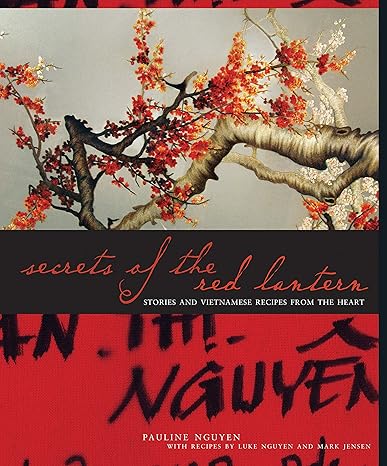Spring Onions

NUTRITION
A good source of vitamins B and C, folate and fibre. Onions are relatively high in flavonoids, an antioxidant that is thought to protect against cancer and heart disease.
When raw or very lightly cooked, spring onions impart a wonderfully vibrant yet mild flavour where normal onions would be overpowering. Make some champ by folding chopped spring onions into creamy mashed potatoes - add some grated cheddar if you like - and marvel at how such a simple dish can taste so fantastic. Or combine with ginger to form the soul of a number of classic Chinese and Japanese dishes.
Spring onions are now available throughout the year but the youngest and most tender onions are usually found in spring and early summer.
HISTORY
Onions have been used as a foodstuff since prehistoric times and were cultivated by the Egyptians, Greeks and Romans. References to spring onions occur in Chinese literature dating back over two thousand years.
BIOLOGY
Spring onions are simply white onions harvested at a young age. They belong to the same family as garlic, leeks, shallots and chives.
TIPS
BUYING
The smallest, thinnest onions are the youngest and best. Choose onions
with straight leaves and white bulbs.
STORING
Keep in the fridge for up to 4-5 days.
PREPARING
Trim off the root and any dry or tired looking bits from the green tops. The bulb
area can be eaten raw or cooked but the tops are best when chopped and
added to a dish just before serving.
MISCELLANY
In the Tarragona area of Spain a type of spring onion known as calçots are the subject of annual festivals (the calçotadas) traditionally held in January or February. To start the gastronomic celebrations, calçots are grilled on charcoals, wrapped in newspaper and then eaten with a Romescu-style sauce made with nuts, garlic, tomatoes, bread, vinegar, oil and parsley. The feasting continues with grilled meats washed down with plenty of wine.
IN OUR FAVOURITE BOOKS
To support site running costs, we participate in the Amazon affiliates scheme and book links take you to the relevant Amazon page.
 Includes a recipe for
Includes a recipe for Pyrizhky z yaytsem (Ukrainian stuffed buns)
 Includes a recipe for
Includes a recipe for Roast new potatoes, lettuce and spring onions with lemon and bay
 Includes a recipe for
Includes a recipe for Braised duck with ginger and spring onions


